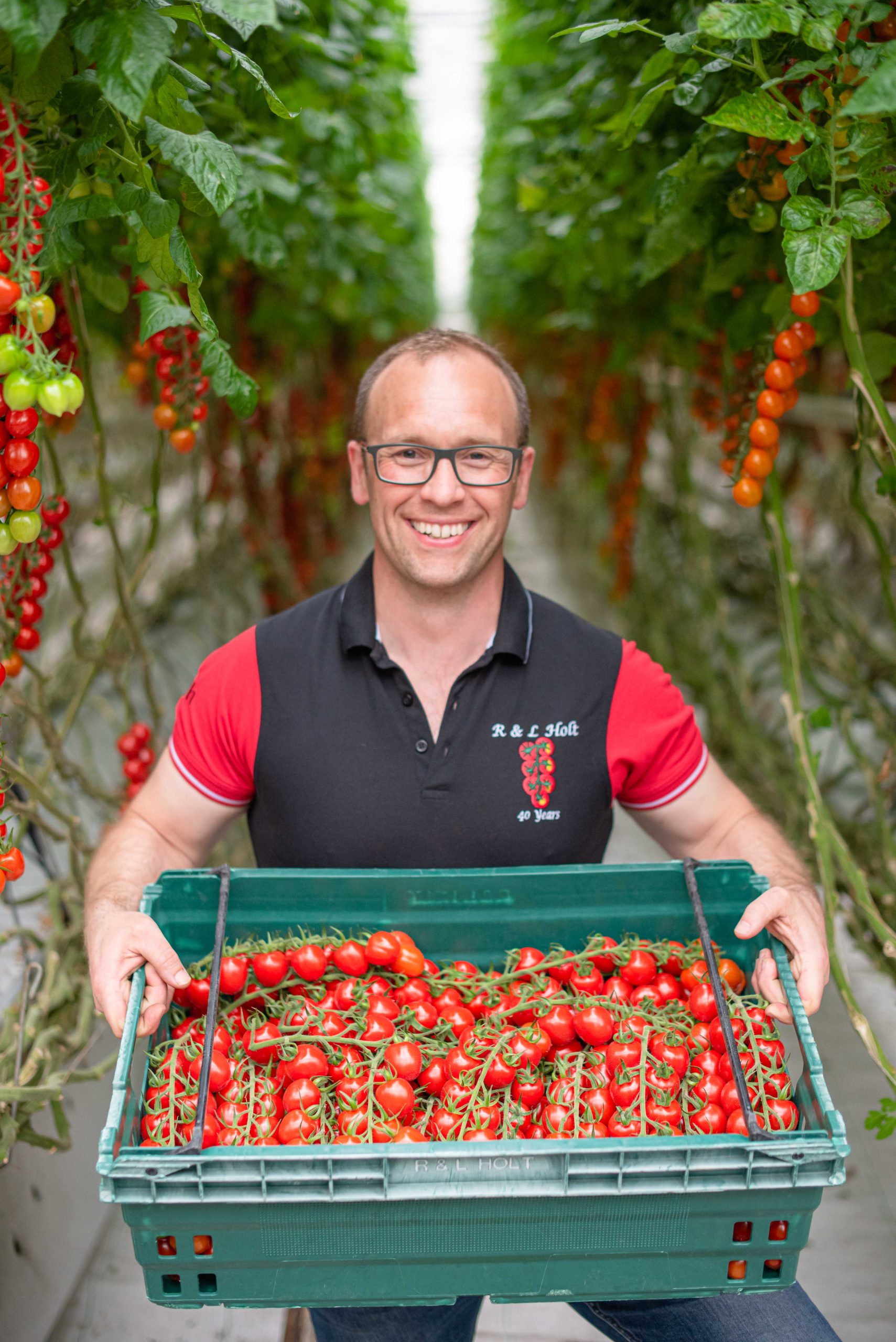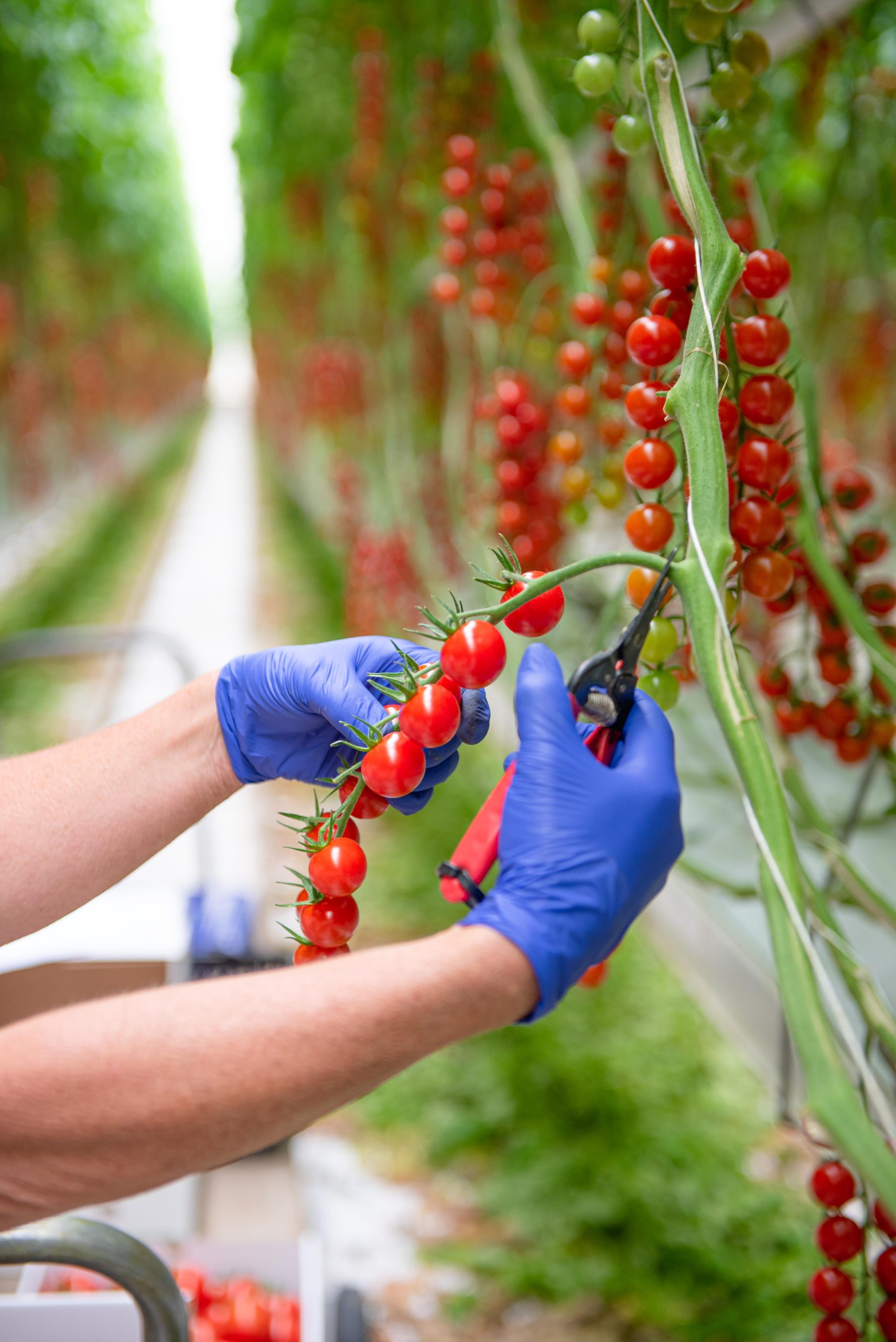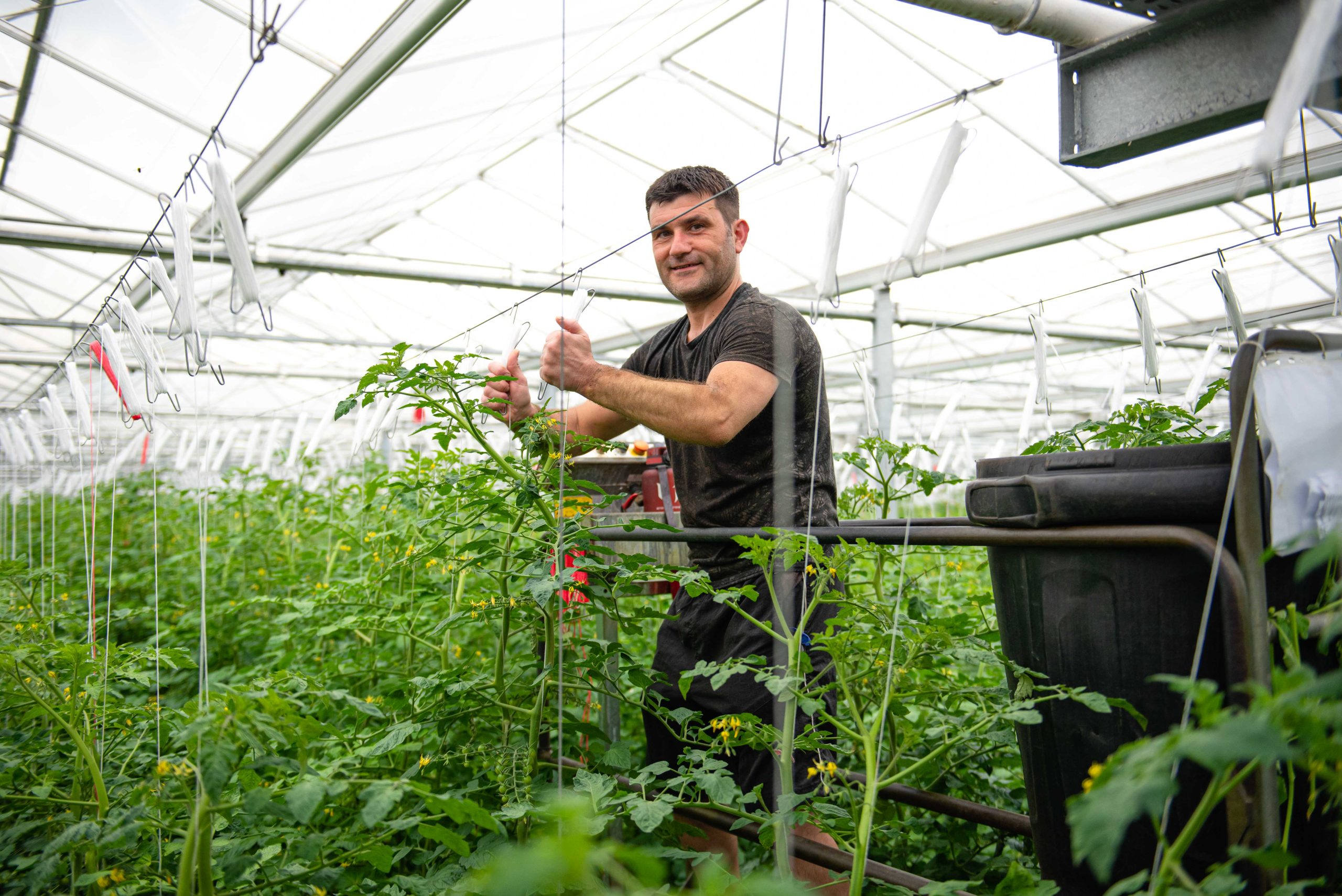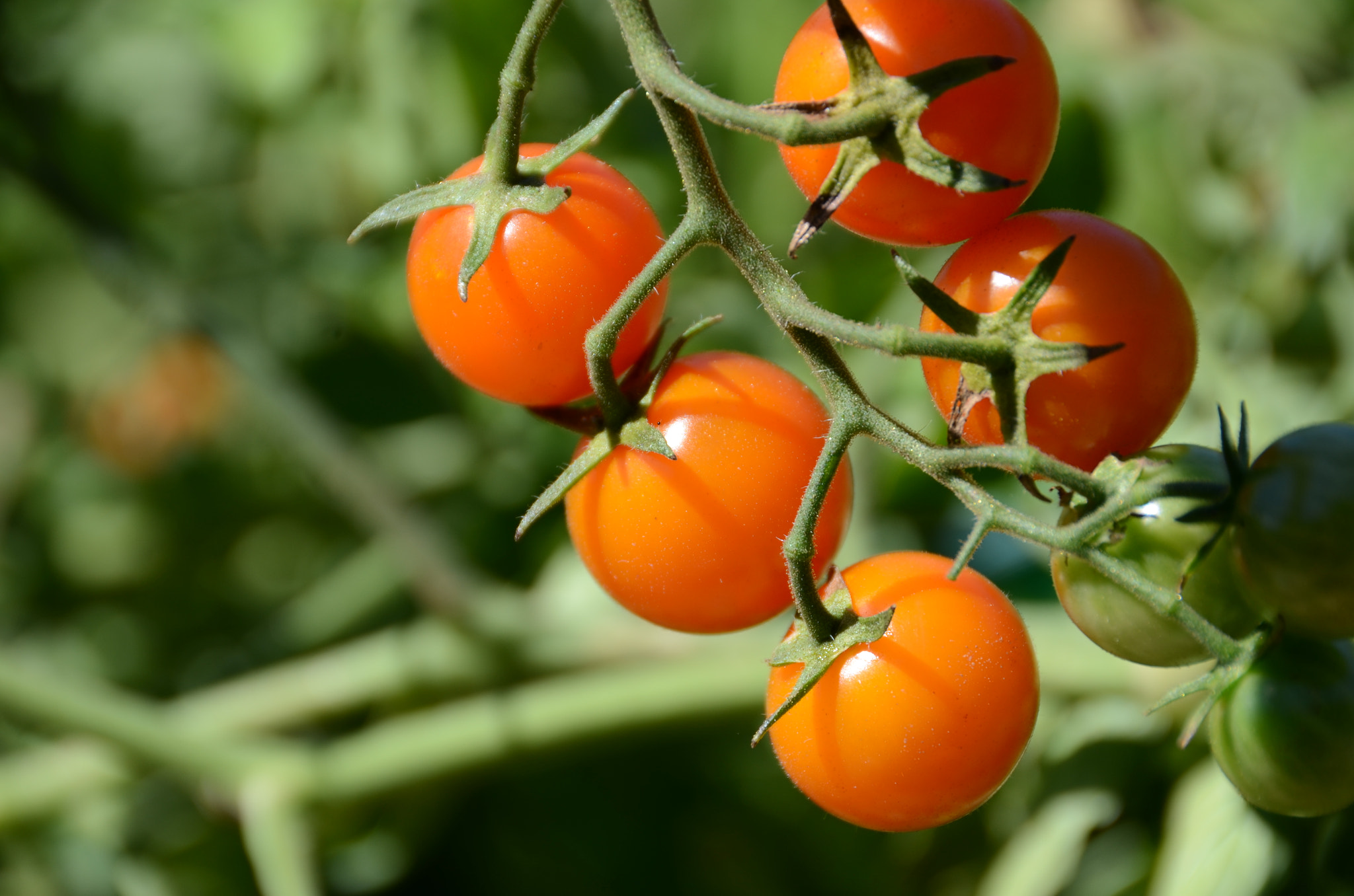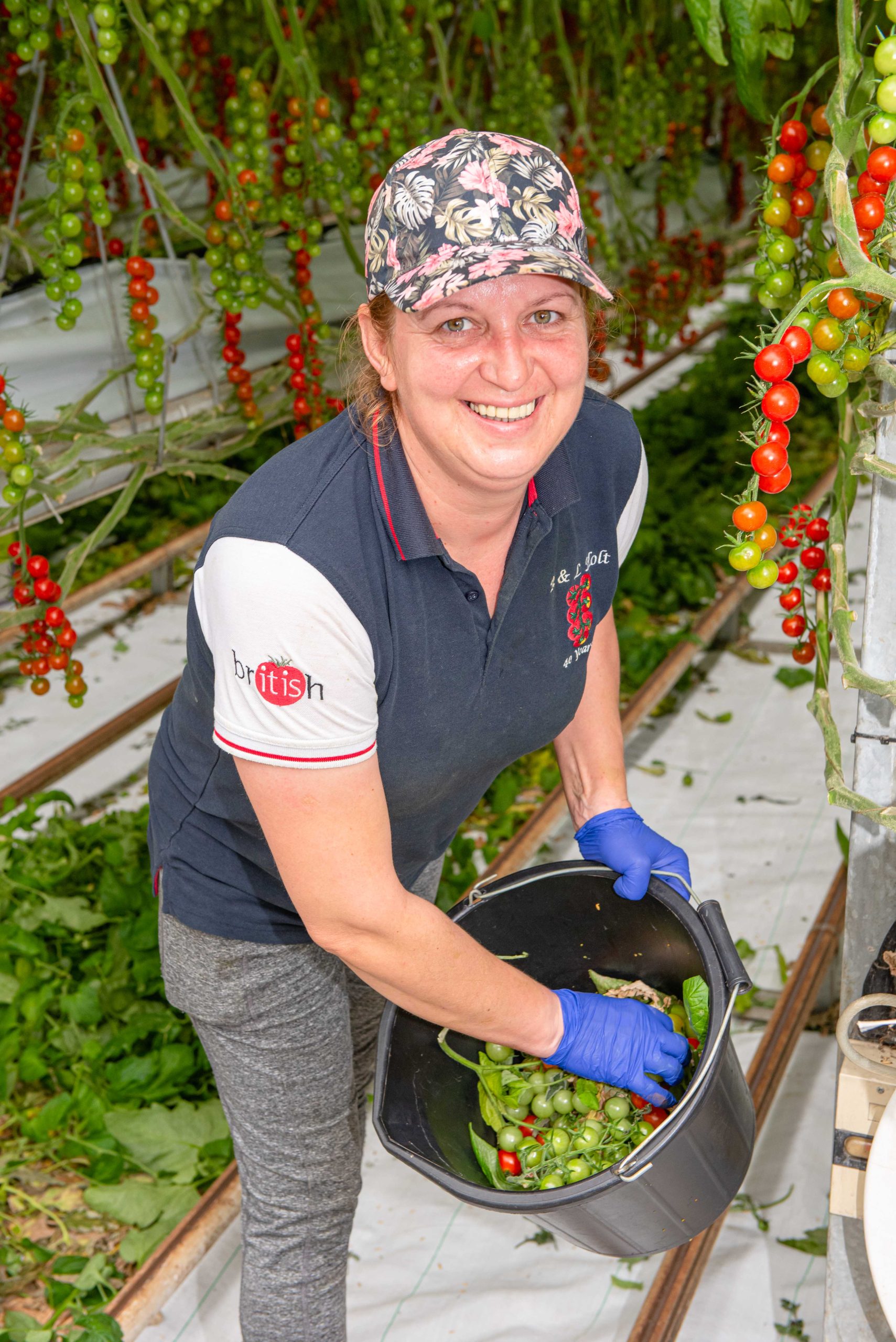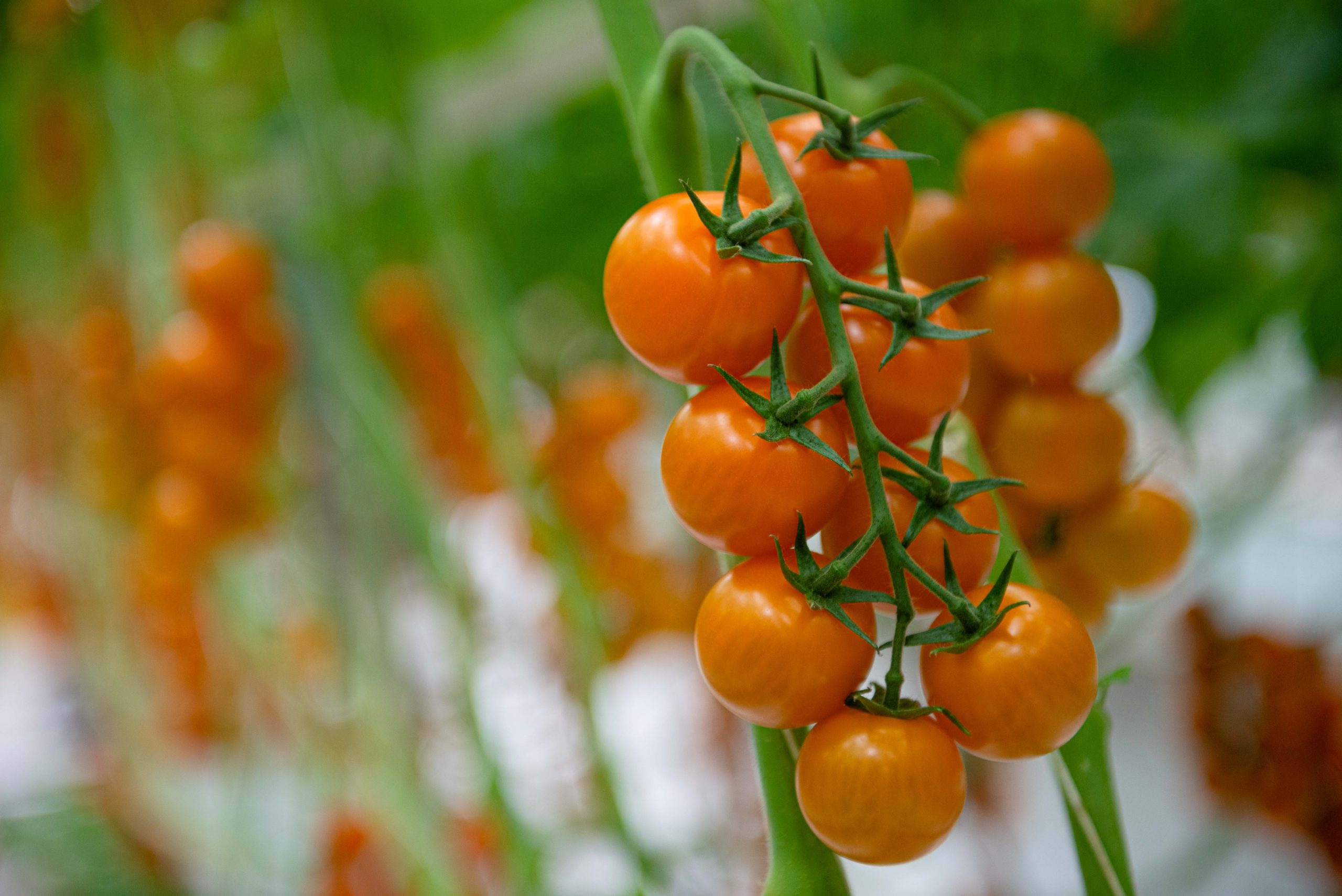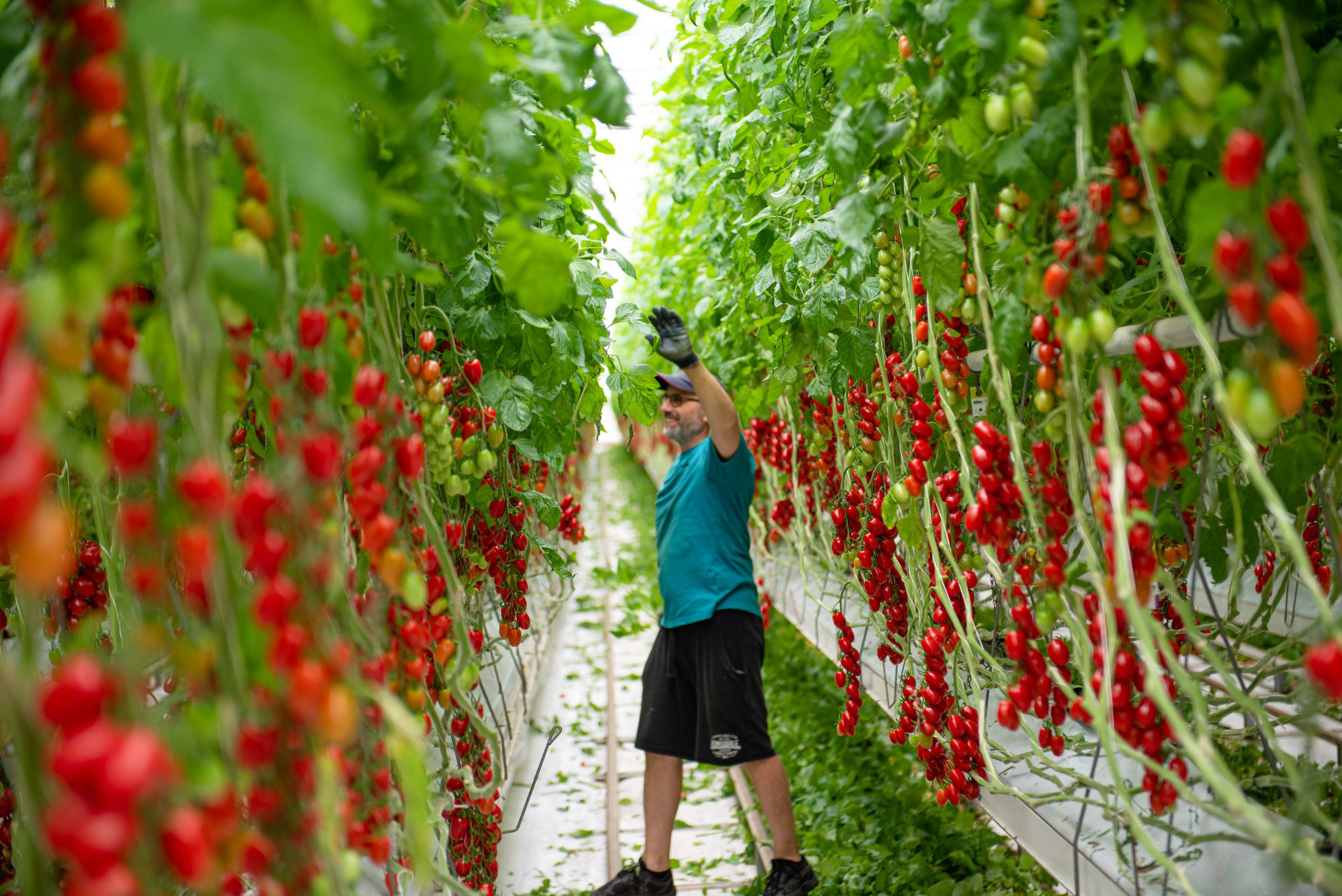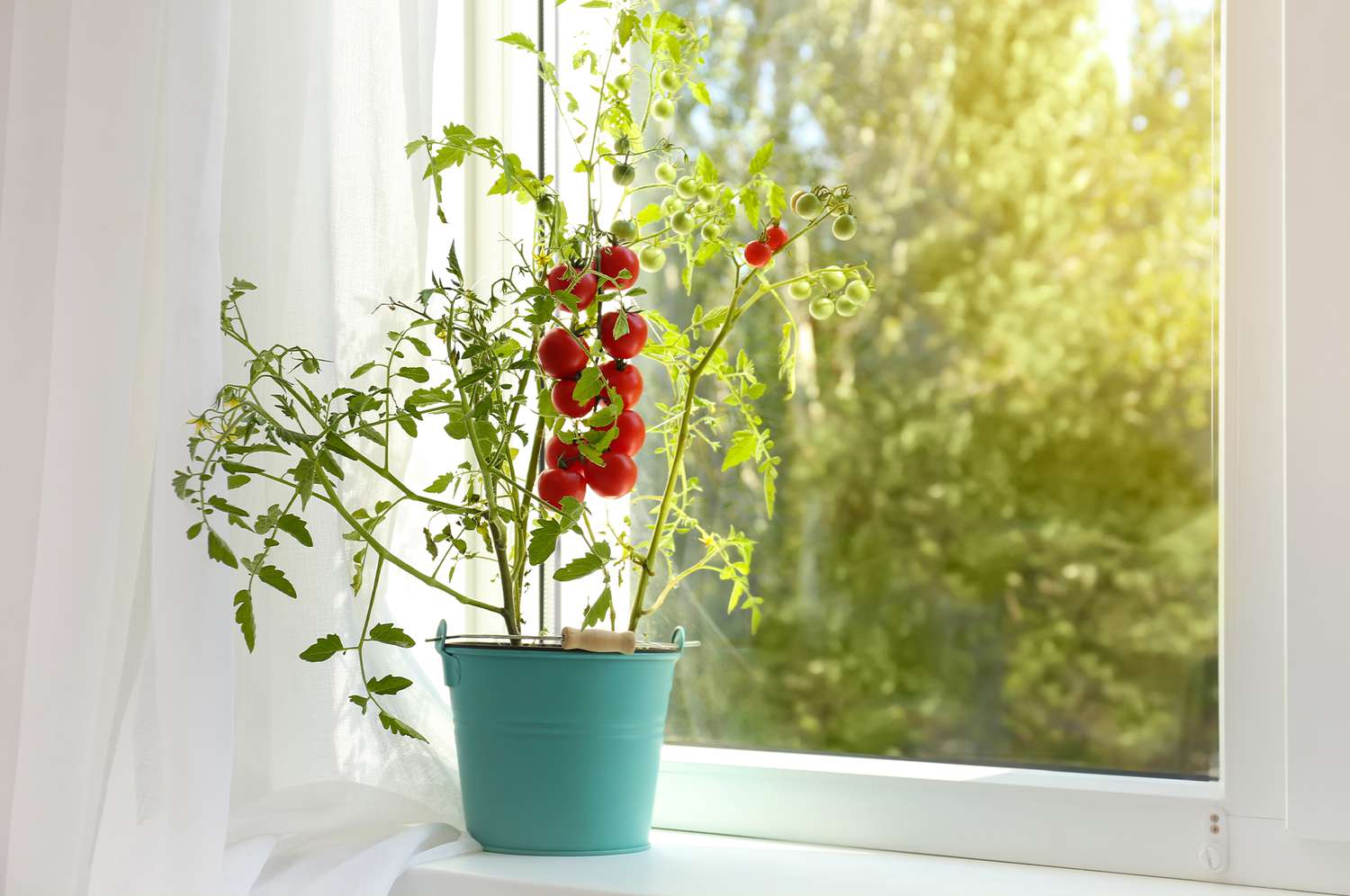Summer is peak tomato-growing season in the UK – with long daylight hours and warmer temperatures, your tomato plants are likely thriving. To keep them healthy and productive through the hottest months, a little extra care goes a long way. Here are three essential tips to help you grow juicy, flavour-packed tomatoes this summer:
- Water Consistently and Deeply 💧
Tomatoes are thirsty plants – especially in hot, dry spells. Water deeply at the base of the plant 2–3 times a week rather than giving them a light daily sprinkle. This encourages deep root growth and prevents issues like split fruit and blossom end rot.
👉 Tip: Water in the morning to avoid evaporation and reduce the risk of fungal diseases.
- Feed Regularly for Fruitful Growth 🍅🌱
Tomatoes need a nutrient boost to support their energy-demanding fruit production. Start feeding with a high-potash tomato fertiliser (like tomato feed or seaweed-based fertilisers) once the first flowers appear, and continue weekly throughout summer.
👉 Tip: Don’t over-fertilise – too much nitrogen will lead to leafy growth but fewer fruits.
- Pinch Out Side Shoots & Support the Plant 🌿🧵
If you’re growing cordon (indeterminate) varieties, pinch out the little shoots that grow in the joint between the main stem and branches. This helps the plant focus on fruit rather than excessive foliage.
Also, make sure your plants are well supported with canes or string to prevent them from collapsing under the weight of growing tomatoes.
👉 Tip: Keep lower leaves trimmed once the fruit begins to ripen, this improves air flow and reduces the risk of disease.
With the right care, your tomato plants will reward you with a bumper harvest full of flavour. Whether you’re growing in a greenhouse or a sunny patio pot, a little attention goes a long way!

